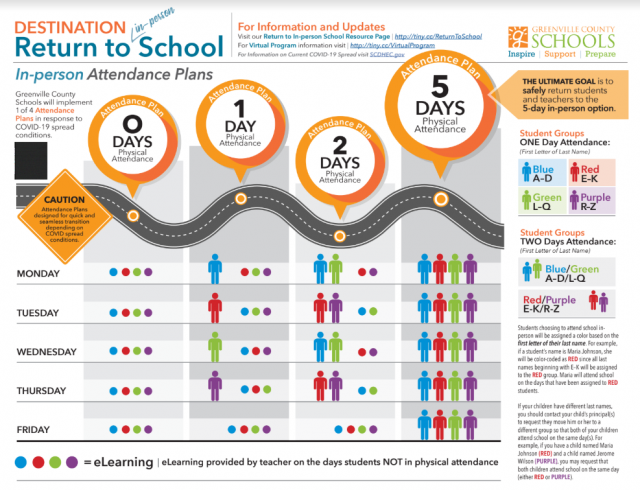How do you plan for elearning without computers? It’s a paradox — an oxymoron, even. You can’t do it any more than you can have a book-free book club or a cycling club with members who don’t own bikes.
Nevertheless, I spent the day trying to do just that. And when I’d come up with something that wasn’t entirely meaningless but not critical for students to complete, the AP comes in my room and tells me, “Don’t hate me. I just found out that all the lesson plans for next week will be supplied by the district.” It seems there are issues with technology — Google Classroom, to be specific — that make any significant rollout next week all but impossible.
What could we do but laugh at that point?
